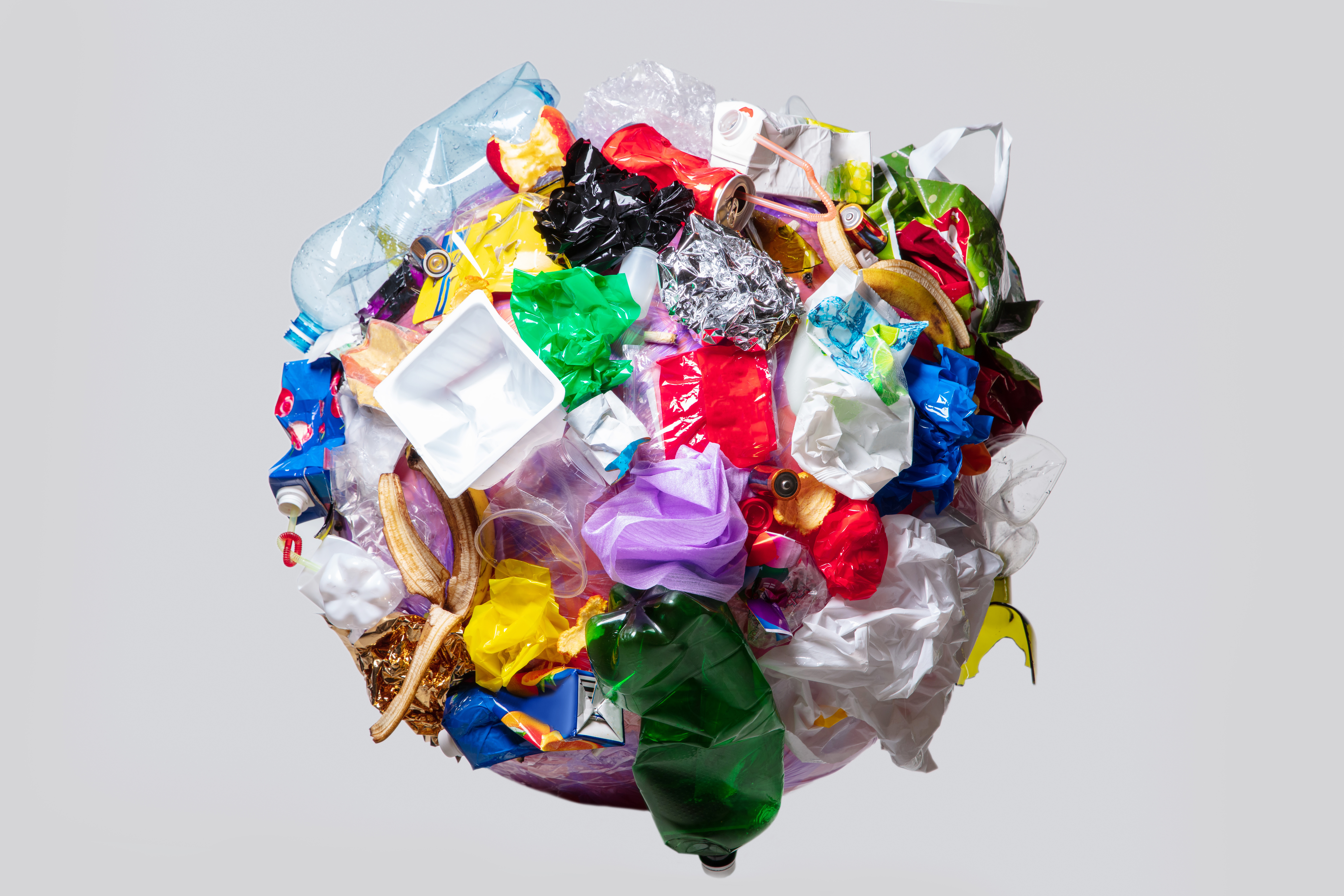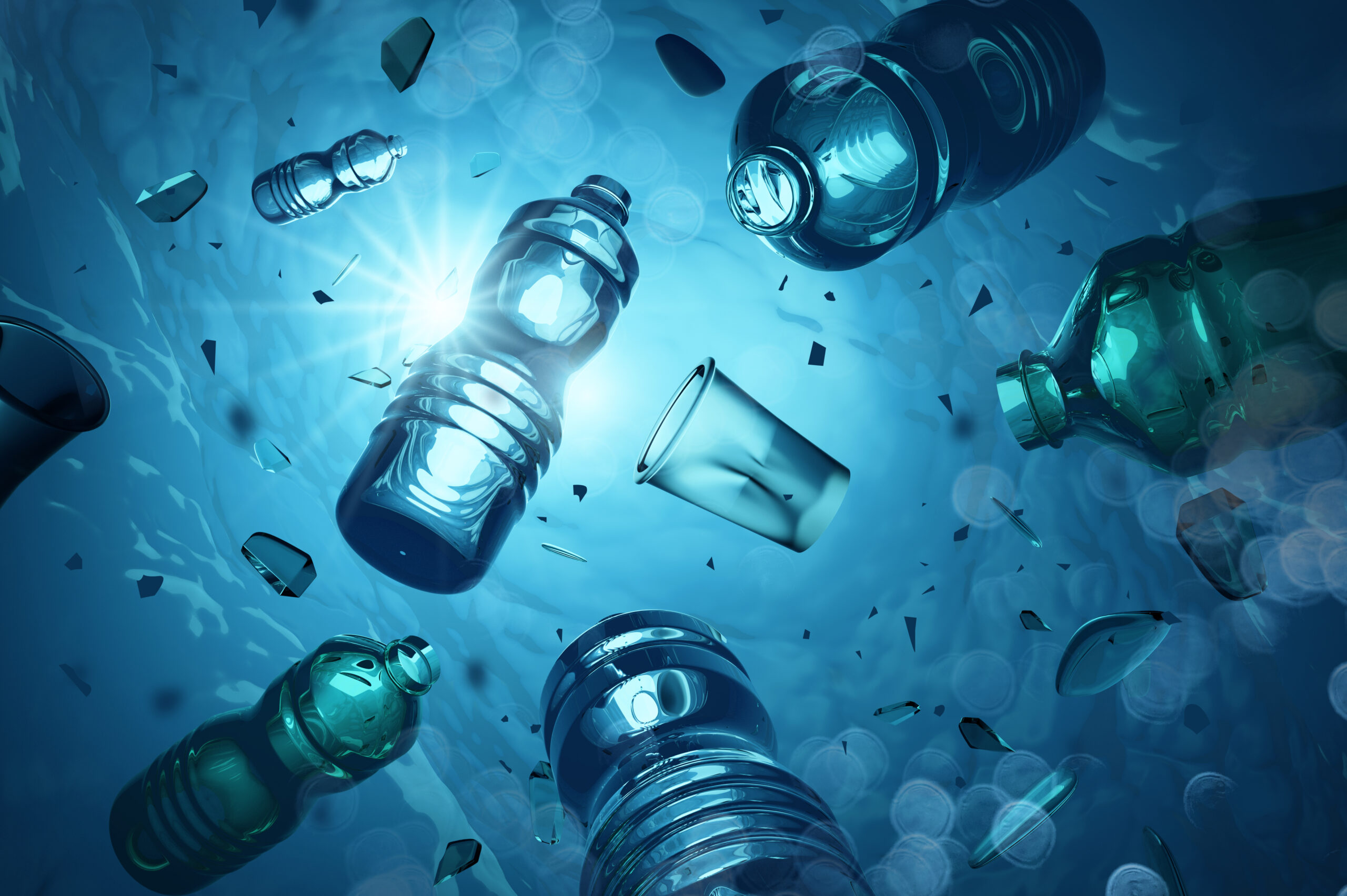
The case for certain plastics causing harm to people, in particular our children, is coming clear.
We now know for certain that many plastics can cause damage to our developing brains, and impair fertility.
A guide to just which plastics we should avoid, and how to substantially avoid them was recently published in the NY Times.
Let’s take a close look at the danger harmful plastics present. Let’s then outline the steps you can take to protect your family from its most significant effects.
But first, let’s examine: what is plastic?
What is Plastic?
Plastic is essentially a polymer spun from oil. Oil is the goo left over from prehistoric forests whose burial kept them from rotting away. If compressed into stone those organic forests became coal, but if left to gather underground over the eons, they decompose to become oil. In either form, coal or oil, the genesis of these compounds is a mass of forests and bushes, which, like all of life, are structured with complex mixes of carbon chains.
Carbon is an element whose atom can connect to four other atoms. And it just so happens that it is very, very adept at connecting to other carbon atoms. We know many of these carbon chains of atoms. Perhaps the most famous is a simple chain of 8 carbon atoms, with all of their other bonding sites attached to hydrogen. That 8-carbon chain is called octane, and if you ever drove a car, you have burned it to move, as it is the main ingredient of gasoline.
Another famous carbon chain is six carbons in a row, but this chain forms a circle, with the sixth carbon coming around and attaching to the first. In this ring, many of the open sites are occupied by oxygen as well as hydrogen. This ring of carbons and it is called glucose. If you have ever eaten table sugar you have had glucose, and all plants and animals run on it. Other chains of carbon fashion all of our proteins, and the proteins of all life– viruses, bacteria, plants, and animals. All life.
So, take a mat of living material, say a dying forest, and you will have a mat of countless chains of carbon. That is why oil is composed almost entirely of chains of carbon, and why octane is found in crude oil.
Oil companies made fuel (kerosene and gasoline, propane and methane) from the chains of carbon in their oil. But they found if you link the chains of carbon by the thousands, you can create a nearly limitless variety of materials.
Those materials, stretching across thousands of carbon atoms, are all called plastics.
Not all plastics are bad. If the long, long chain of carbons is stable, if the plastic sticks inside its structure without coming loose, it will stay our of our bodies and do no harm.
But, some plastics that do not stay put. They leak. They enter our bodies, get absorbed by our tissues, and interact with our systems. These plastics are so abundant that almost everyone has them in their body, including our children, and some of them, when introduced within our bodies, cause harm. One such set of chemicals, the bisphenols, are some of the basic units used to create those long chains, or polymers we call plastics. And curiously, the one group of chemicals considered most harmful to humanity is not the plastic itself, but chemicals added to plastics to give them valuable and useful properties, like being more flexible.

The Chemical Compounds in Harmful Plastics: Phthalates and Bisphenols
The evidence of harm caused by two groups of chemicals, phthalates and bisphenols, is greater than most other elements in the chemical world of plastics.
The bisphenols are actually a category of chemicals used to make various epoxies, but also to serve as part of the repeating unit in the chain of carbon atoms that make a widely used plastic called polycarbonate. Polycarbonate is the plastic used to make transparent, hard plastics, like those seen in water coolers, and very, very many other such products. The most familiar bisphenol is the A type, or BPA.
The phthalates are not plastics themselves, but a category of chemicals that are added to plastic to give it highly valued properties, including being flexible, durable, transparent. They feature prominently in the plastic called PVC, and others as well, which are widely used in products like plastic flooring, food processing tubing and materials, and cosmetic products like nail polish. Flooring and wall coverings loaded with phthalates release them into the air and enter our bodies by breathing them. The phthalates used in food production and packaging leak into our food, and enter our body by unwittingly eating them. Sadly, phthalates transmit readily from mother to fetus during pregnancy.
How Many People Have Elevated Levels of These Harmful Chemicals in Their Bodies?
These two groups of chemicals, phthalates and bisphenols, so widely found in our air, water, cosmetics, even drug capsules, are in most humans in substantially elevated amounts.
Studies have found that about 98% of all of us, including pregnant women, have phthalates in our urine at any one point in time. Phthalates leave the body soon after they arrive, so if they are in your urine it means you breathed or swallowed or touched them in the last few hours. The fact that this occurs in 98% of those measured means that we are nearly constantly taking in these chemicals.
A national survey of BPA, the most well-known bisphenol, found that in thousands of urine samples in people ages 6 years old and up, 93% of the samples contained BPA.
So if we wonder, what’s the chance you, or I, or any person we know has phthalates and/or bisphenols in them? The answer is: almost certainly. Essentially everyone has these chemicals related to plastics in their bodies.
What Harm Do These Chemicals Cause?
This is where the real concern resides. These chemicals harm the development of the two primary functions in our lives: thinking and reproduction.
Damage to our reproductive system results in higher risk of infertility, early puberty in boys, and later puberty in girls.
Damage to the developing brain has resulted in a very wide range of quite serious problems. Exposures to phthalates in particular has been directly linked to our children suffering substantially increased risks of:
- Autism Spectrum Disorder
- ADHD with heightened risk of hyperactivity, impulsivity, and inattention
- Behavior problems
- Impaired executive function
- Aggressive actions
These observations have been supported by studies that reveal exposure to phthalates alters the actual architecture of the brain, and the changes are in the areas of the brain that manage the proper functioning of behavior, sociability, attention, task completion, and aggression.
Drop Your Exposure to the Chemicals in Harmful Plastics By at Least 66%
The good news at the center of these frightening findings is that you are not helpless. In fact, you can significantly reduce your exposure to the chemicals found in harmful plastics through relatively attainable household practices.
- Eat more fresh, unwrapped foods. Produce not wrapped in plastic have few phthalates and bisphenols in or on them. The more you eat of these foods, the less you and your children will be exposed.
- Avoid cans that are lined with bisphenols to prevent rusting. These are a major source of exposure to bisphenols. Use soups and sauces and juices packaged in plastic-free cartons.
Just these two steps dropped urine levels of BPA by 66%!

Additional steps include:
- Avoid containers, switch to glass or metal (neither lined with plastic) for baby bottles, sippy cups, containers, fluid bottles. Many plastic containers are BPA but not bisphenol free, don’t be fooled!
- Avoid plastics with recycling numbers 3 (contains phthalates) and 7 (contains bisphenols). The Times article also warns against exposure to styrene, the plastic in Styrofoam which likely causes cancer. It is indicated by the recycle number 6. But it is best to simply avoid plastic containers for any items, including shampoo.
- Do not heat plastic. Heating it releases the phthalates and bisphenols. So don’t microwave food in a plastic container.
- Clean your house frequently. This is a tall order, but a lot of toxins gather in dust, including phthalates and bisphenols. Another chemical, used as a flame retardant in the black resin of all our computers and cell phones, evaporates into our air in our homes, attaches to dust, too. So make sure your vacuum has a HEPA-filter that can really keep the dust in the bag.
- Change vinyl accessories in the home to cloth, such as shower curtains, bath mats, and place mats.
- Avoid touching store receipts. Believe it or not, they are coated with bisphenols that absorb through your skin. (See why 98% of us have bisphenols in our urine at any moment in time?)
- Choose cosmetic and body care products, especially for our babies, that are phthalate and bisphenol free. From baby oil, to shampoo, to lipstick, this is not easy. Check out the EWG Database, which can really help.
Steps Our Nation Can Take to Make Harmful Plastics Less Harmful
- The United States should stop using phthalates, period. They impair our babies’ and children’s minds, and can interfere with fertility. Public pressure on the manufacturers and their brands, state laws, and ultimately on Federal law and policy can achieve these goals.
- The FDA should immediately ban use of phthalates from all food wrappings, medications, medical devices.
- Congress and the Consumer Protection Safety Commission can take steps to stop us from being exposed to all phthalates and bisphenols, and not just one of them, like BPA– all chemicals in both of these categories.
Additional Resources on Protecting Your Family from the Chemicals in Harmful Plastics
The American Academy of Pediatrics offers great resources summarizing the story of these chemicals. The first of these resources examines food additives, and the second, personal care products.
The Pediatric Environmental Healthy Specialty Unit provides information on the impact of these chemicals on hormone functioning in our bodies, and the bodies of children in particular, along with additional guidance on how to avoid exposure.
CNN published a feature article, Chemical in Plastics Damage Babies’ Brains and Must Be Banned Immediately, summarizing the recent work of Project TENDR, a leading consortium of experts on the role of neurotoxicants in neurobehavioral disorders. Project TENDR published their own findings in the Journal of American Public Health Association.
Bottom Lines
- Plastics are a great convenience, but certain chemicals used in “harmful plastics” can cause terrible harm.
- Two highlighted here are the phthalates and bisphenols, which are known to impair fertility and brain development.
- When it comes to brain development, phthalates are now known to increase the chance our children will develop autism, ADHD, behavior problems, weak executive functioning, and heightened aggression.
- Phthalates and bisphenols are in so many plastics that essentially all of us are soaking in them. Tests of urine find them present in 98% (phthalates) and 93% (BPA) of us at any time. These chemicals go right through the body of pregnant women, exposing our developing fetuses.
- It will take time for our nation stops using these toxins. In the meantime, good news, you can take steps to sharply drop your exposure to them. Just starting with eating mainly fresh foods without plastic wrap and avoiding use of cans can drop bisphenol exposure by 66%!
- To really solve this problem, we need to stop manufacturing and using all phthalates and bisphenols.
The words phthalate and bisphenol sound so technical. Even thinking about the harm they cause, and taking actions to avoid exposure, seems daunting.
But the harm is simple to describe, as are the steps you can take to protect your child’s developing mind and reproductive system.
Here is to a day when we stop making chemicals that really do poison and hurt us. We can do it.


